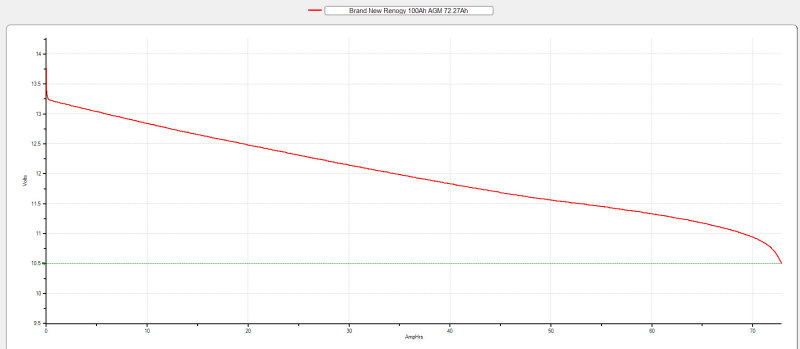La Sirena
Senior Member
- Joined
- Feb 12, 2020
- Messages
- 117
- Location
- United States
- Vessel Name
- Untethered
- Vessel Make
- Selene 57
I came across an interesting product that allows you to combine LiFePo4 batteries with AGMs in a house bank. There are several advantages, including getting more capacity from your battery bank, more capacity from solar panels, and extending your AGM battery life. The cost of it is $530 with a necessary contactor. You can watch a video of it here: https://youtu.be/AJIFW_2GEwc
The product is called the "Battery Bank Manager Plus" and is made and sold by Clark of Emily & Clark's Adventures, a sailing Youtube channel. I have no association with them except as an interested potential paying customer. It seems to have a lot of advantages, but I'm not keen on installing a little black box with questionable long term support that controls an important function on the boat.
I have 6 Lifeline 4D AGM batteries, each with 210A-Hr capacity at 12V. I have a 24V DC system, so my combined house bank capacity is 6 x 210 / 2 = 630A-Hr at 24V. Or half of that, 315A-Hr, if you discharge to only 50% of the bank's capacity. I'd like to exchange 2 existing AGMs for 2 new Battleborn 8D 12V LiFePo4, each with 270A-hr capacity. I would be losing 105A-Hr of AGM capacity but gaining 190A-Hr of lithium capacity (assuming I can use 70% of the lithium capacity) for a total gain in capacity of 85A-Hr (27% more capacity than I have now). That doesn't sound like a lot, but I will also be extending the life of AGM batteries and getting more capacity from my solar.
The total cost of this would be between $5K assuming I can sell my 1 year old AGMs for something. Have any of you seen this product, installed it, or considered something similar?
The product is called the "Battery Bank Manager Plus" and is made and sold by Clark of Emily & Clark's Adventures, a sailing Youtube channel. I have no association with them except as an interested potential paying customer. It seems to have a lot of advantages, but I'm not keen on installing a little black box with questionable long term support that controls an important function on the boat.
I have 6 Lifeline 4D AGM batteries, each with 210A-Hr capacity at 12V. I have a 24V DC system, so my combined house bank capacity is 6 x 210 / 2 = 630A-Hr at 24V. Or half of that, 315A-Hr, if you discharge to only 50% of the bank's capacity. I'd like to exchange 2 existing AGMs for 2 new Battleborn 8D 12V LiFePo4, each with 270A-hr capacity. I would be losing 105A-Hr of AGM capacity but gaining 190A-Hr of lithium capacity (assuming I can use 70% of the lithium capacity) for a total gain in capacity of 85A-Hr (27% more capacity than I have now). That doesn't sound like a lot, but I will also be extending the life of AGM batteries and getting more capacity from my solar.
The total cost of this would be between $5K assuming I can sell my 1 year old AGMs for something. Have any of you seen this product, installed it, or considered something similar?


